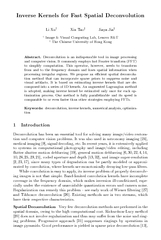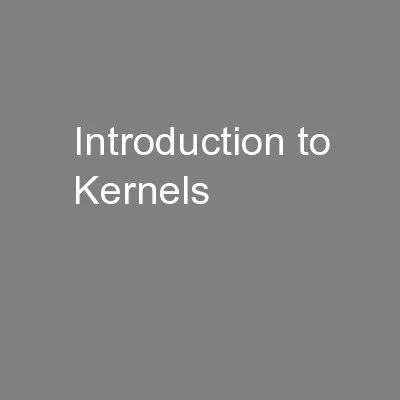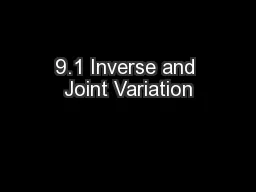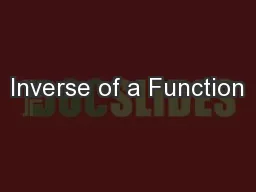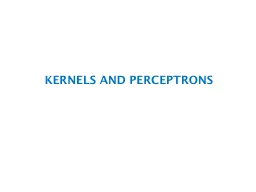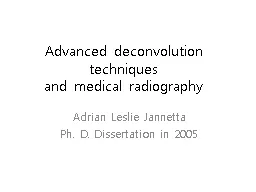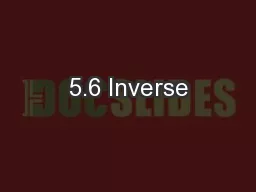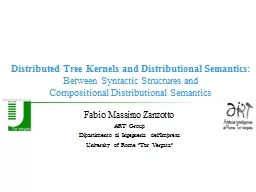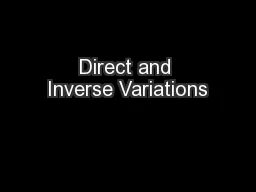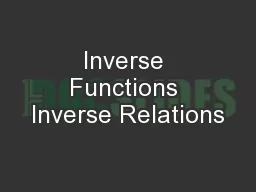PDF-Inverse Kernels for Fast Spatial Deconvolution Li Xu X
Author : natalia-silvester | Published Date : 2015-05-25
Deconvolution is an indispensable tool in image processing and computer vision It commonly employs fast Fourier trans form FFT to simplify computation This operator
Presentation Embed Code
Download Presentation
Download Presentation The PPT/PDF document "Inverse Kernels for Fast Spatial Deconvo..." is the property of its rightful owner. Permission is granted to download and print the materials on this website for personal, non-commercial use only, and to display it on your personal computer provided you do not modify the materials and that you retain all copyright notices contained in the materials. By downloading content from our website, you accept the terms of this agreement.
Inverse Kernels for Fast Spatial Deconvolution Li Xu X: Transcript
Download Rules Of Document
"Inverse Kernels for Fast Spatial Deconvolution Li Xu X"The content belongs to its owner. You may download and print it for personal use, without modification, and keep all copyright notices. By downloading, you agree to these terms.
Related Documents

